Why you can trust Tom's Hardware
Firmware
Asus’ BIOS for Z590 looks the same as found on previous-generation Z490-based motherboards. Teh company uses a red background with white writing on these ROG boards -- a theme we’re all familiar with at this point. Asus starts in “EZ” mode where it presents some high-level information and a couple of adjustable options such as enabling XMP and Boot priority. Advanced Mode has a slew of BIOS options, many of which most users will not touch. Asus organized the BIOS well and many of the common functions, particularly overclocking functionality, are easily accessible without drilling deep into the pages. Overall, Asus offers a user-friendly BIOS with enough options to keep the most advanced user busy.
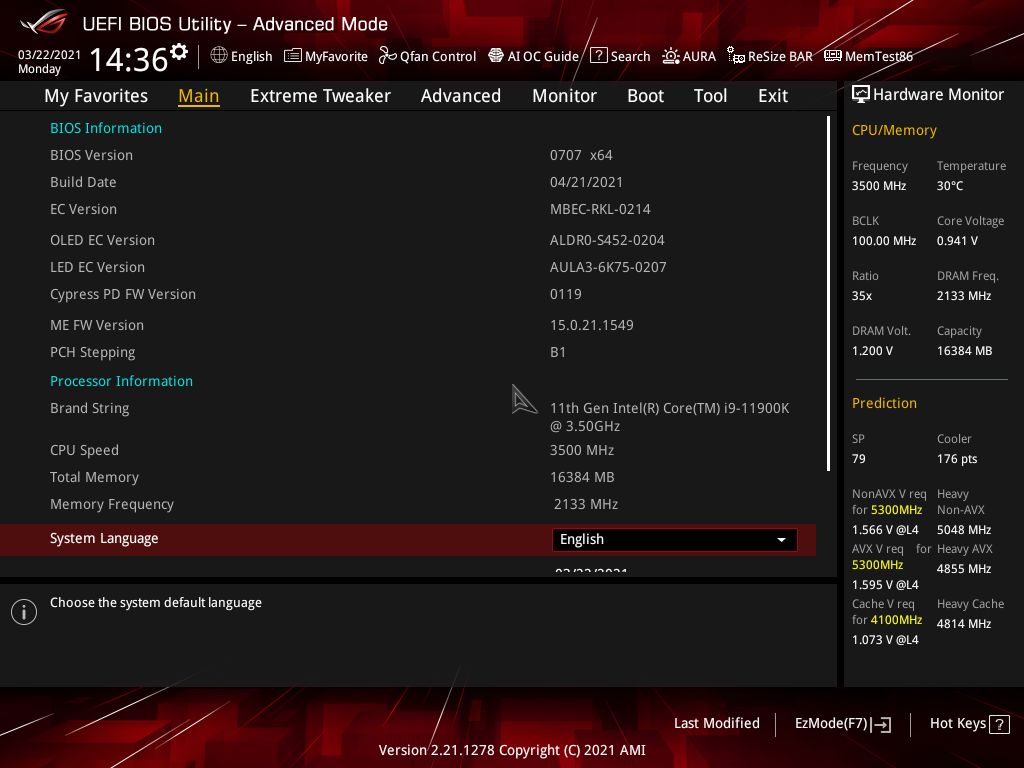


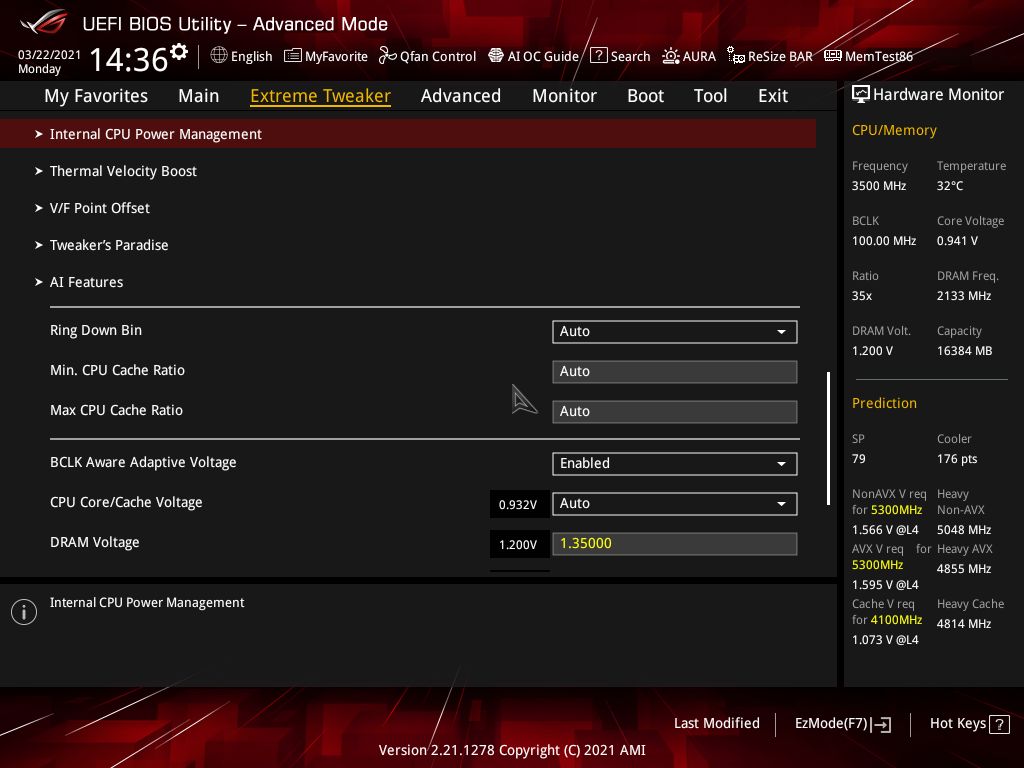










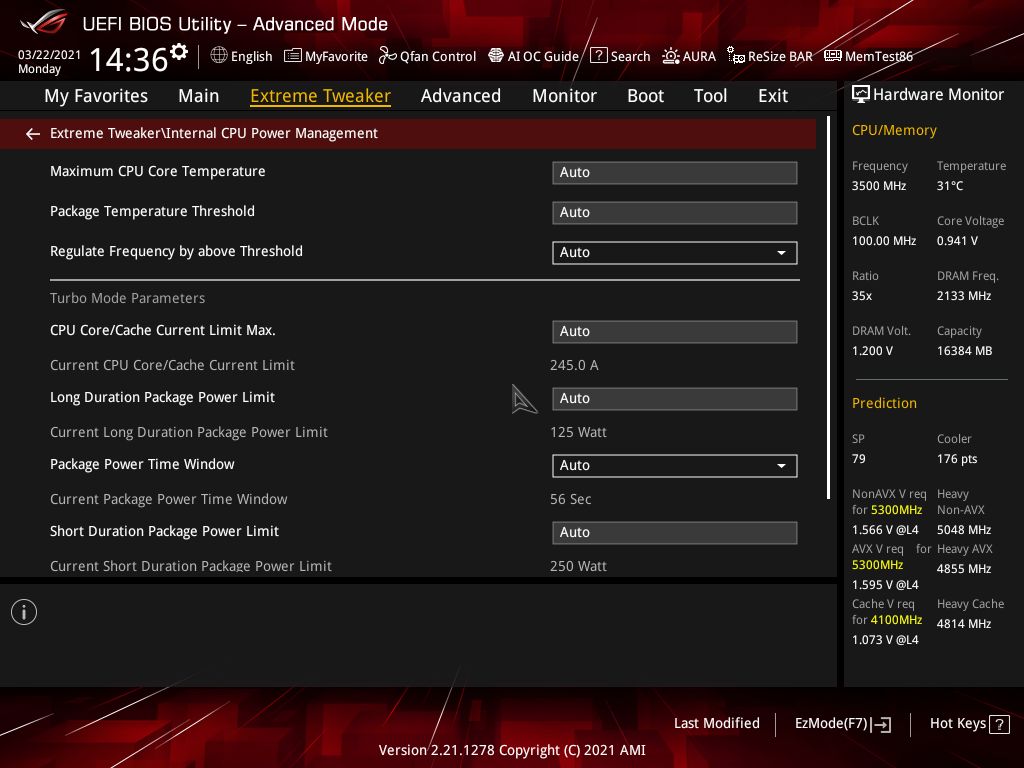
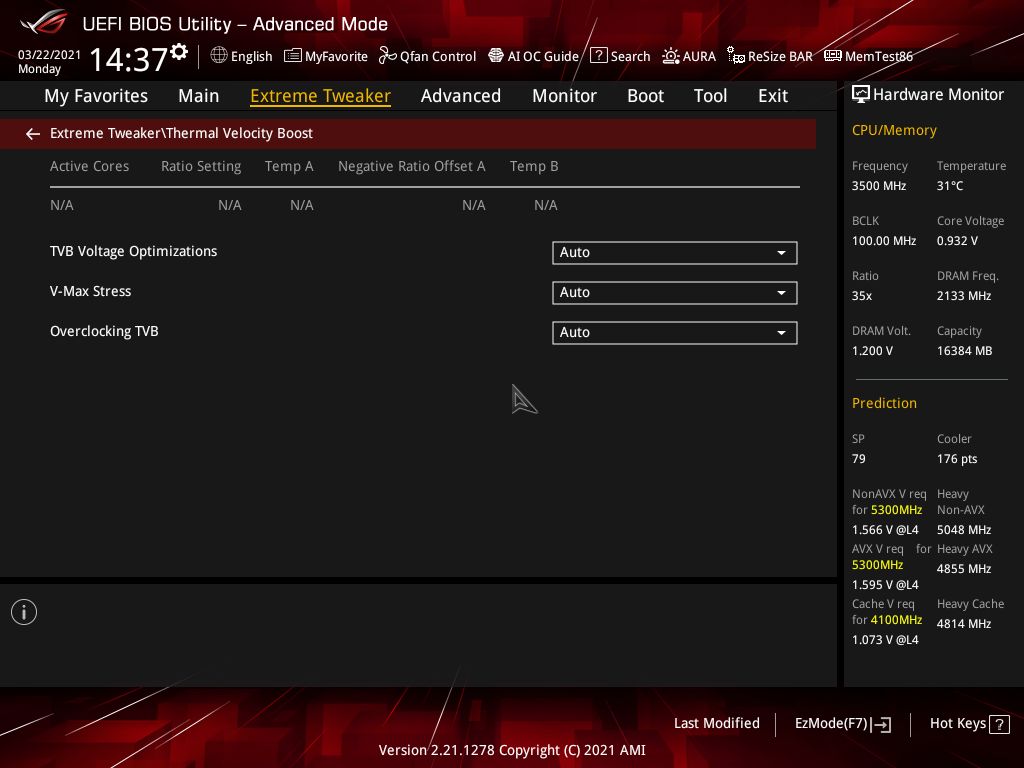












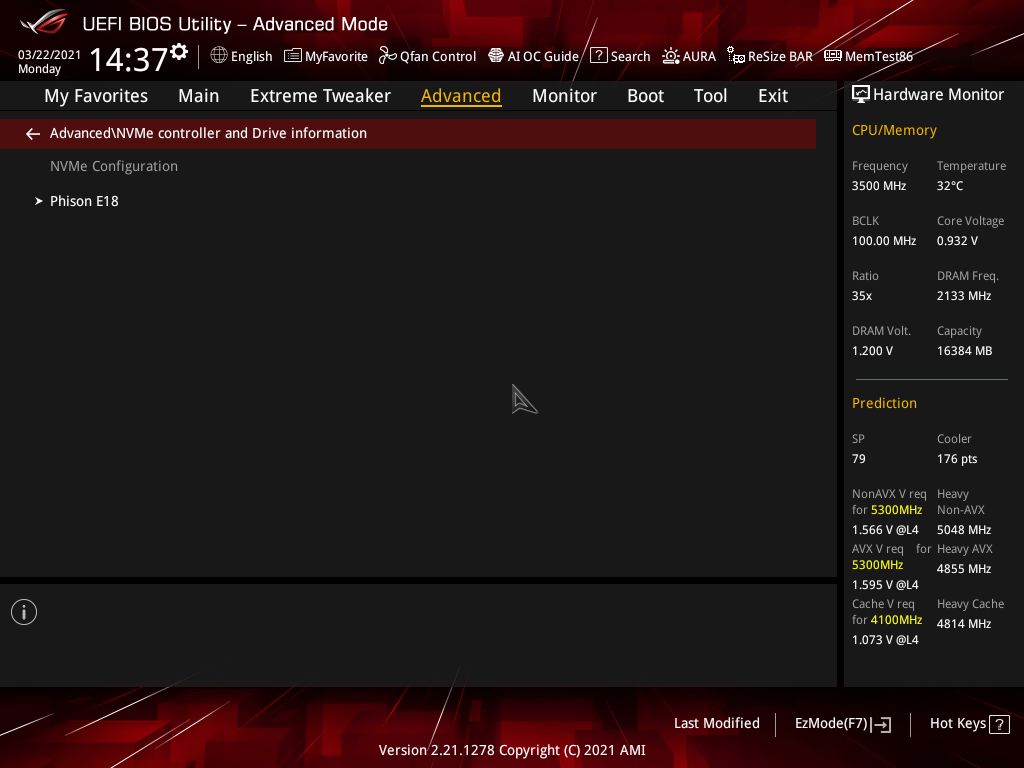





Software
On the software side, Asus includes a few applications designed for varying functions. This includes RGB lighting control, system monitoring and overclocking, audio and more. Below we’ve captured a few screenshots of Ai Suite, Armoury Crate and Aura Creator.


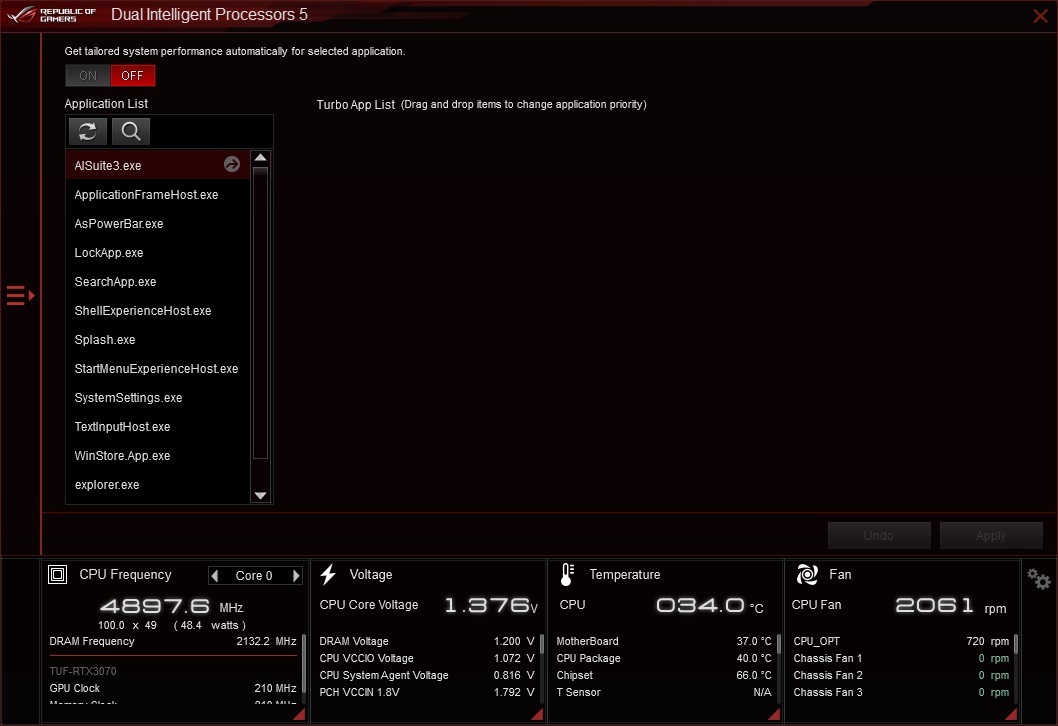
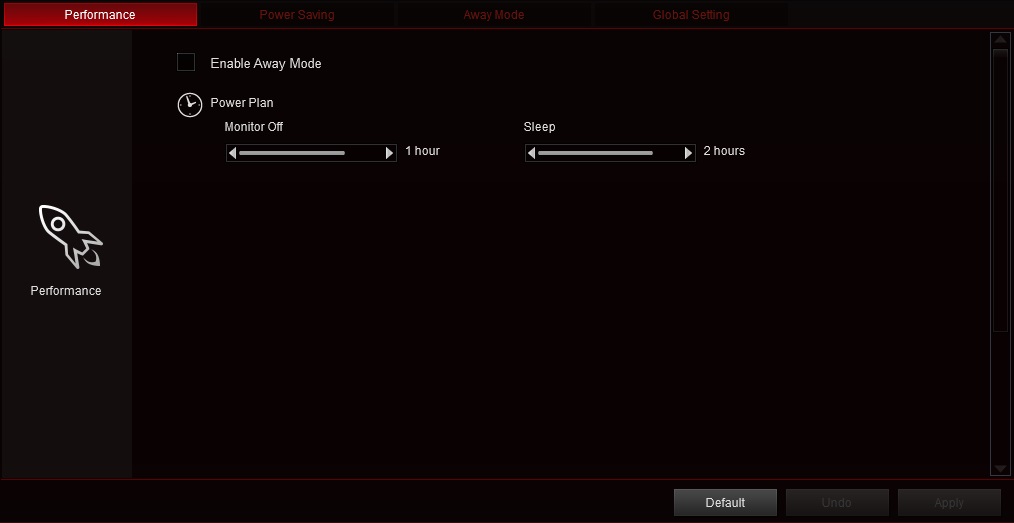



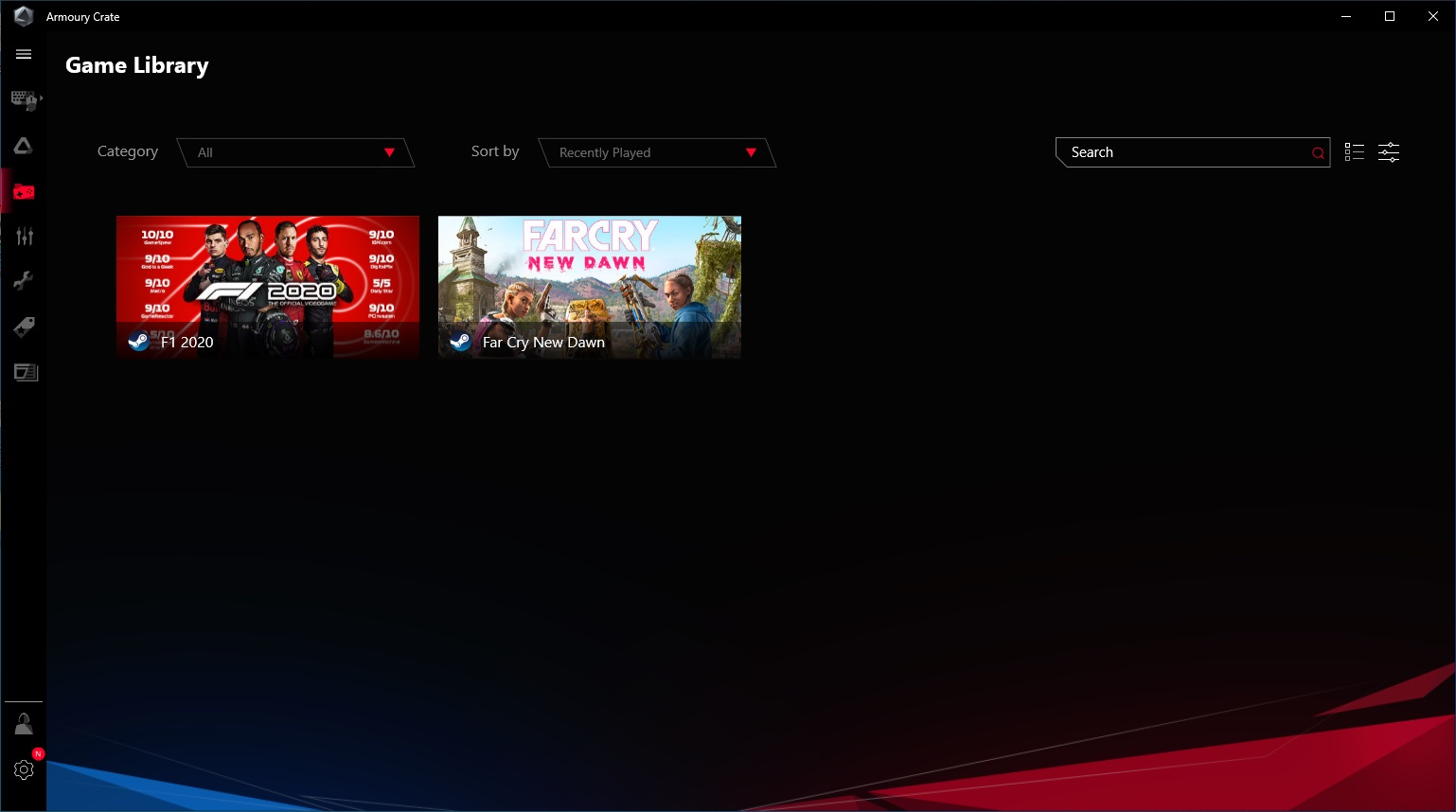

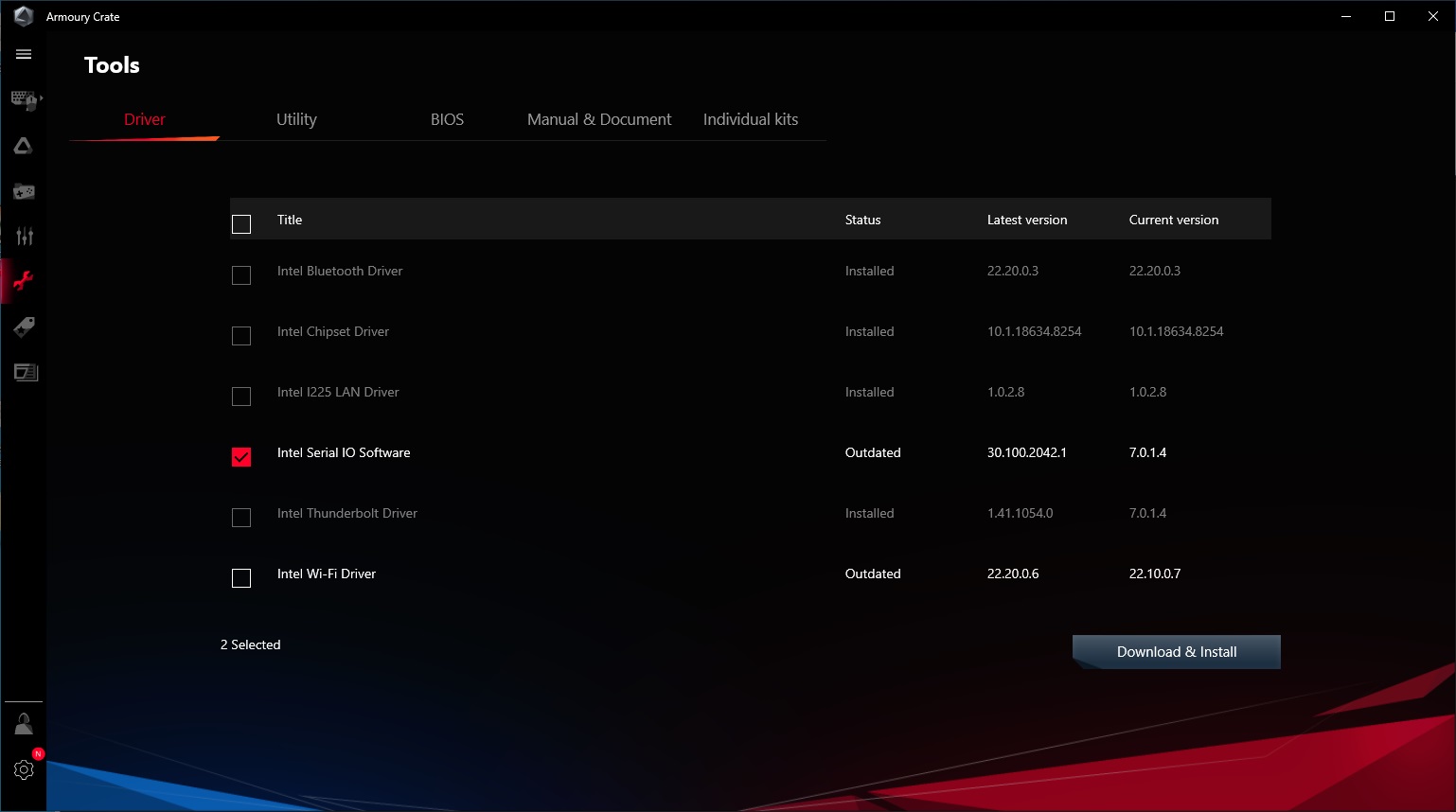

Test System
As of March 2021, we’ve updated our test system to Windows 10 64-bit OS (20H2) with all threat mitigations applied. On the hardware front, we’ve switched to all PCIe 4.0 components. We upgraded our video card to an Asus RTX 3070 TUF Gaming and the storage device to a 2TB Phison PS5-18-E18 M.2. Along with the hardware changes, we’ve also updated the games to F1 2020 and Far Cry: New Dawn. We use the latest non-beta motherboard BIOS available to the public unless otherwise noted (typically during new platform launches). The hardware used is as follows:
Test System Components
| CPU | Intel i9-11900K |
| RAM | GSkill Trident Z Neo 2x8GB DDR4 3600 (F4-3600C16Q-32GTZN) |
| Row 2 - Cell 0 | GSkill Trident Z Royale 2x8GB DDR4 4000 (F4-4000C18Q-32GTRS) |
| GPU | Asus TUF Gaming RTX 3070 |
| Cooling | Corsair H150i |
| PSU | Corsair AX1200i |
| Software | Windows 10 64-bit 20H2 |
| Graphics Driver | NVIDIA Driver 461.40 |
| Sound | Integrated HD audio |
| Network | Integrated Networking (GbE or 2.5 GbE) |
Benchmark Settings
| Synthetic Benchmarks and Settings | Row 0 - Cell 1 |
| PCMark 10 | Version 2.1.2508 64 |
| Row 2 - Cell 0 | Essentials, Productivity, Digital Content Creation, MS Office |
| 3DMark | Version 2.17.7137 64 |
| Row 4 - Cell 0 | Firestrike Extreme and Time Spy Default Presets |
| Cinebench R20 | Version RBBENCHMARK271150 |
| Row 6 - Cell 0 | Open GL Benchmark - Single and Multi-threaded |
| Application Tests and Settings | Row 7 - Cell 1 |
| LAME MP3 | Version SSE2_2019 |
| Row 9 - Cell 0 | Mixed 271MB WAV to mp3: Command: -b 160 --nores (160Kb/s) |
| HandBrake CLI | Version: 1.2.2 |
| Row 11 - Cell 0 | Sintel Open Movie Project: 4.19GB 4K mkv to x264 (light AVX) and x265 (heavy AVX) |
| Corona 1.4 | Version 1.4 |
| Row 13 - Cell 0 | Custom benchmark |
| 7-Zip | Version 19.00 |
| Row 15 - Cell 0 | Integrated benchmark |
| Game Tests and Settings | Row 16 - Cell 1 |
| F 2020 | Ultra Preset - 1920 x 1080, TAA, 16xAF (Australia, Clear, Dry) |
| Far Cry: New Dawn | Ultra Preset - 1920 x 1080 |
MORE: Best Motherboards
MORE: How To Choose A Motherboard
MORE: All Motherboard Content
Get Tom's Hardware's best news and in-depth reviews, straight to your inbox.
Current page: Firmware, Software and Test System
Prev Page Features and Specifications Next Page Benchmarks and Final Thoughts
Joe Shields is a staff writer at Tom’s Hardware. He reviews motherboards and PC components.
-
tresnugget Instead of testing at optimized default settings, you should consider testing while normalizing bclk and power limits. It's well known that motherboard manufacturers boost performance by giving those a bump so it would be a better comparison of actual performance differences by manually entering the stock values for bclk, pl1, pl2, tau, etc. This is how GN tests but they don't test anywhere near as many motherboards as you guys.Reply